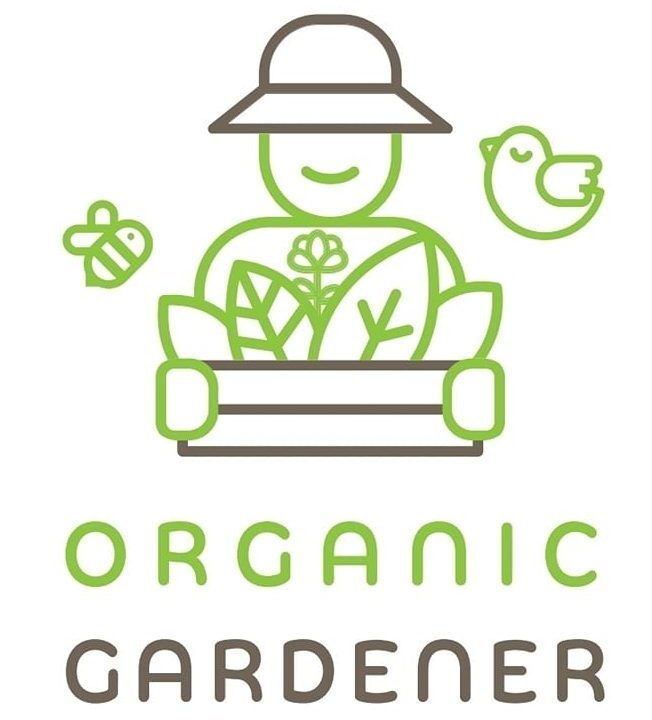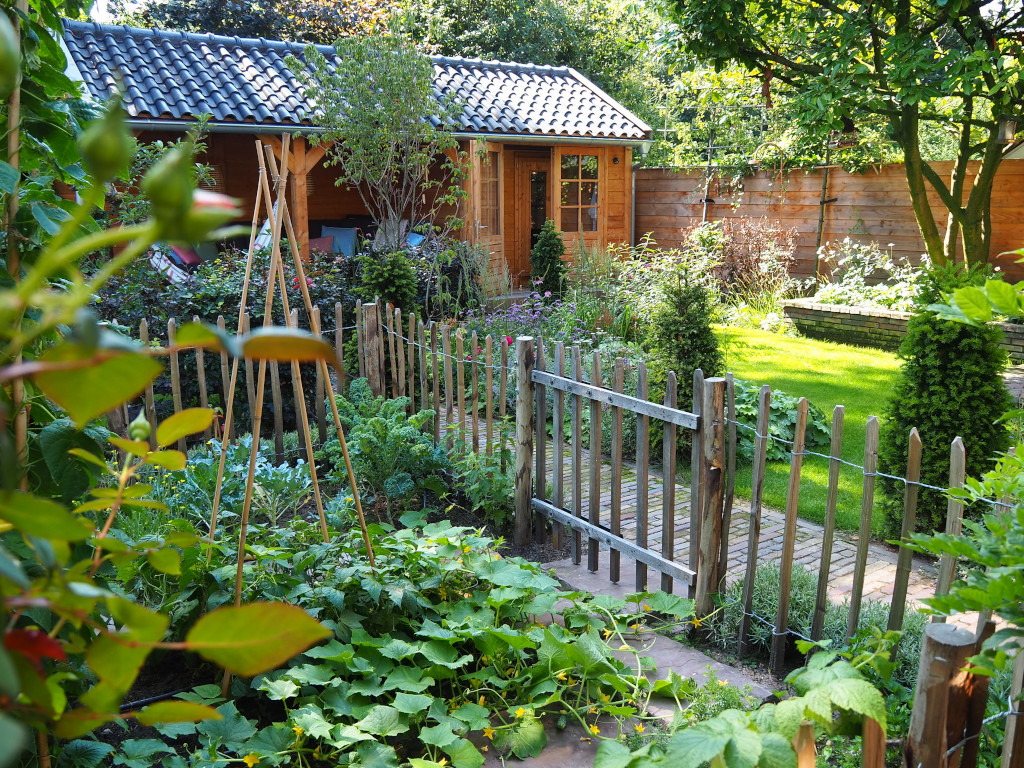I absolutely adore cottage gardens. The playfulness, colours and romantic flowers combined with a kitchen garden and lots of herbs make me intensely happy. I also find the idea of designing a garden with useful plants for natural cooking, herbal remedies and plants that support wildlife, pollinators and biodiversity fascinating. And the good news is: In a cottage garden it doesn’t matter whether the garden is big or small!
Organic Gardener was founded and inspired by the old ways of the cottage gardeners. That is why I often use the cottage garden as a starting point in my designs. The knowledge gained from this way of gardening forms the base for organic gardening, natural gardening and kitchen gardens. All kinds of wildlife and insects are welcome in a cottage garden and I have a deep believe that creating more of such gardens would be a great solution to support the challenge we face for the future generations: Increasing biodiversity, adaptation to drought and managing rainwater.
Endless joy, growing vegetables, picking flowers…

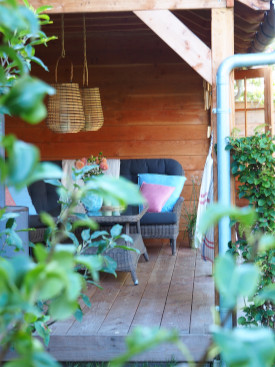
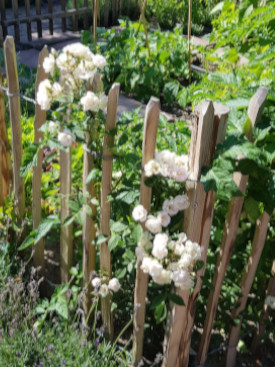
Modern Cottage Garden in the City
In our first shared garden in The Netherlands, I was able to try out and realise all my wishes for a cottage garden. In fact, this was the first house we lived in as a family. The house was a 1930s house located in the middle of a small city, adjacent to a small estate with a spacious backyard and front garden.
I personally prefer gardens where there is something to experience, where order and chaos are allowed to coexist, so a cottage garden suits me perfectly. That’s why I chose flower borders full of exuberant flowers combined with tight boxwood, conical yews and a winding hornbeam. This always provided a new surprise and at every seating spot we felt we were in a “different” garden.
When laying out, I paid close attention to ensuring that the vegetable garden, greenhouse and herb garden were laid out near the entrance to the garden. Indeed, while cooking, I find it very practical if I don’t have to walk too far into the garden to pick herbs or harvest vegetables, especially if it rains or storms.
We enclosed the vegetable garden with a sheep fence made of chestnut wood. The fence served both as a framework to grow fruit plants such as raspberries, blueberries and climbing roses against, and to protect the fragile crops from our little daughter and dog Billy.
Along the edge of the sheep fence by the vegetable garden, I planted lavender, sage and rosemary for companion planting. These fragrant flowers and herbs serve very well as natural enemies of insects such as caterpillars that can attack vegetables. We also planted a small orchard with several varieties of apple trees, pear trees and a plum tree. These were old fruit trees about 30 years old from an old orchard in Utrecht that we picked up ourselves. The fruit trees provided lots of playfulness to the garden with their sinuous shapes, the beautiful white or pink blossom in spring and the delicious fruit in autumn. I baked many apple pies and crumbles from those!
In the back garden, I had arranged several spots to enjoy shade under the evergreen laurel tree on a hot day in summer, in the morning sun under the pergola, in front of the kitchen window or in the evening under the canopy. The estate’s trees provided quite a bit of shade, and because the garden sloped down to the estate behind, it was humid there. The wooden canopy we put up there, made it a wonderful spot to relax in the evening.
Outdoor Living Equals Enjoying your Garden All Year Round.
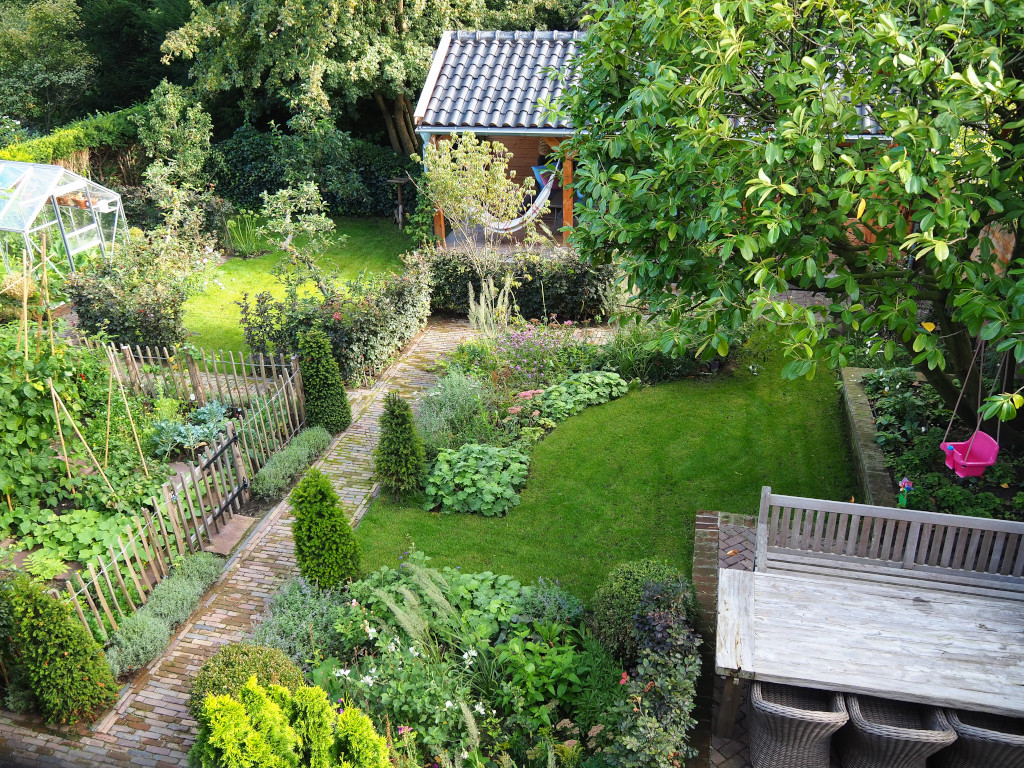
6 Tips to Design Your Own Modern Cottage Garden
Designing a cottage garden involves creating a picturesque and informal space that is filled with a profusion of flowers, herbs and lush flowers. Here are some general steps when designing a cottage garden:
Choose the location: Cottage gardens are typically informal and relaxed, so you should choose a spot that is visible and accessible. Consider areas around your home that would benefit from some colour and charm.
Define the space: Determine the boundaries of your garden and choose a style that suits the area. You may want to create pathways, add seating areas or incorporate a small pond or fountain.
Select the plants: Cottage gardens are an abundance mix of colourful, fragrant and bee and wildlife-friendly plants. Popular plants include roses, sweet peas, foxgloves, salvia, poppies, and other flowering perennials, but will also have various vegetables like runner beans, courgette, peas and herbs like rosemary, thyme and parsley in it. Consider the size, colour, and texture of each plant and how they will complement each other.
Plan the layout: When laying out your garden, start with a focal point or feature that draws the eye. Consider grouping plants by colour or type, creating repeating patterns, or clustering plants in drifts.
Add hardscaping elements: In addition to plants, consider adding hardscaping elements such as arbors, trellises, and garden ornaments that add interest and structure to the garden.
Maintain the garden: Cottage gardens tend to be lush and abundant, but they still require maintenance. Regular watering, pruning, and fertilizing will help ensure your garden remains healthy and vibrant.
Remember, a cottage garden is meant to be informal and relaxed, so don’t be afraid to experiment and let your personality shine through. Enjoy the process and the beauty of your garden!
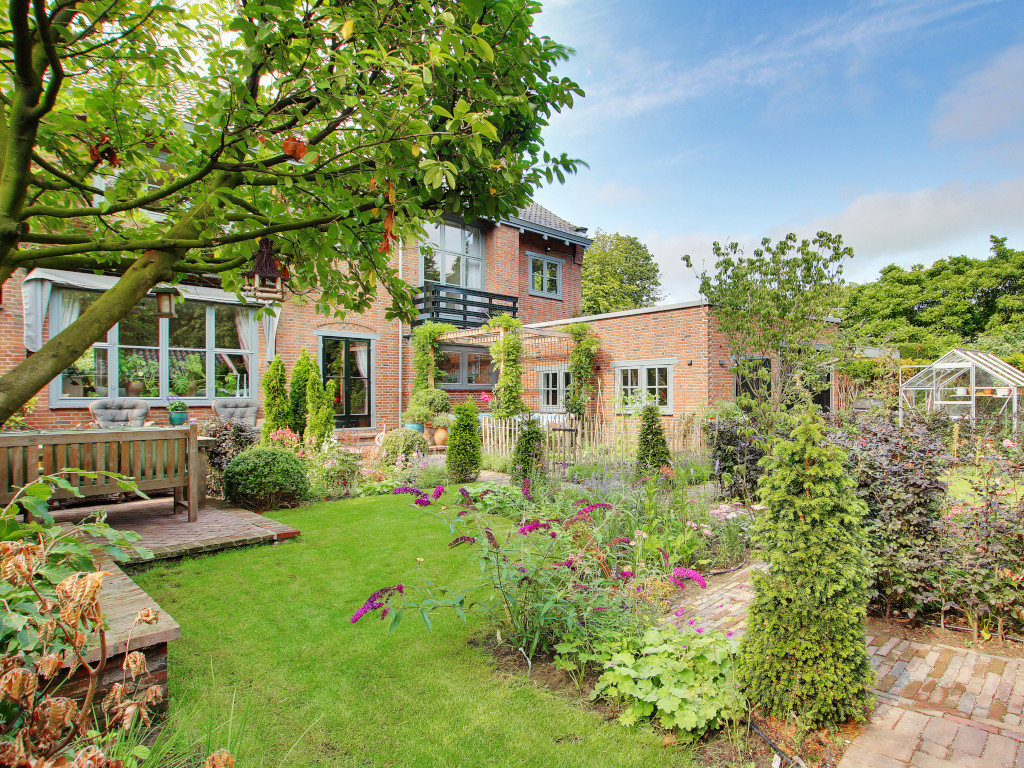
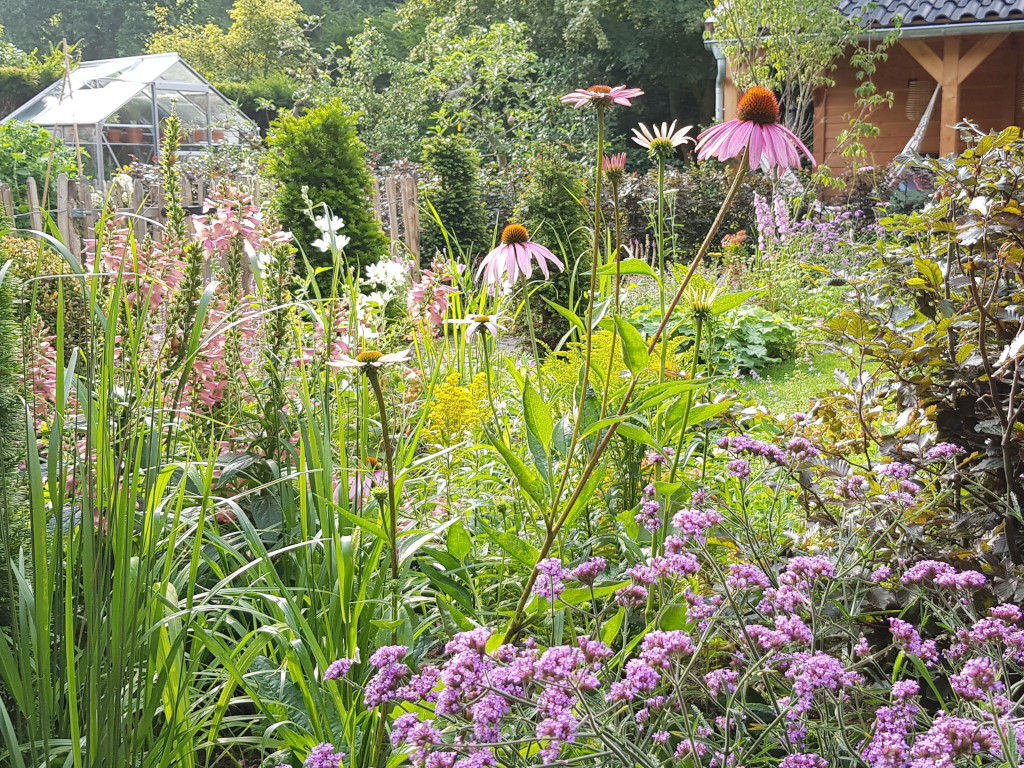

The photos were taken when the garden was less than 1 year old. We only enjoyed this garden for a short time, as we emigrated to Devon in England shortly afterwards.
